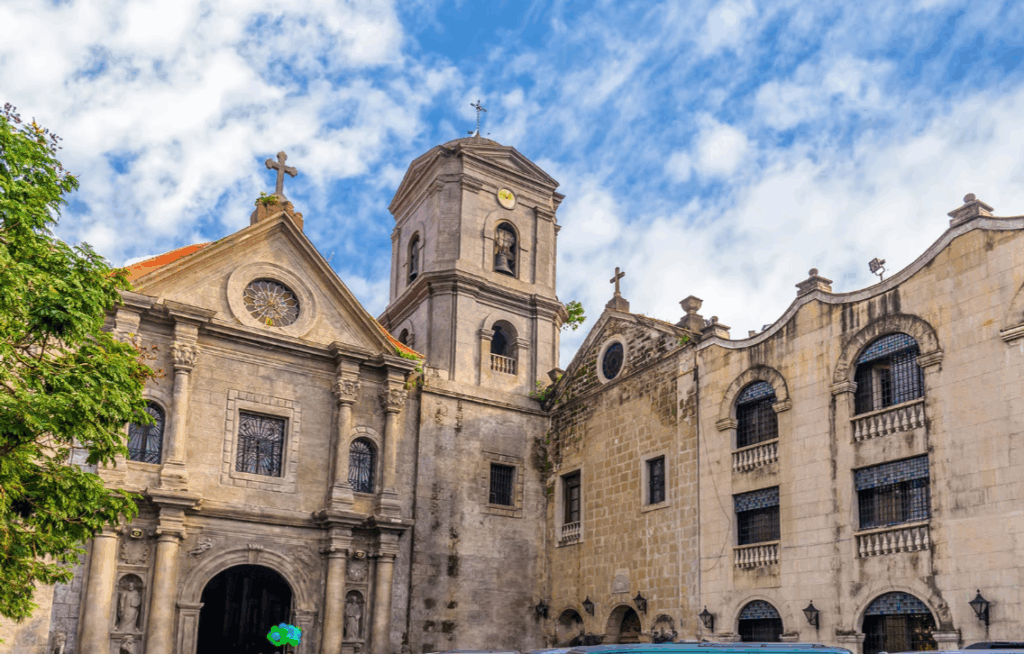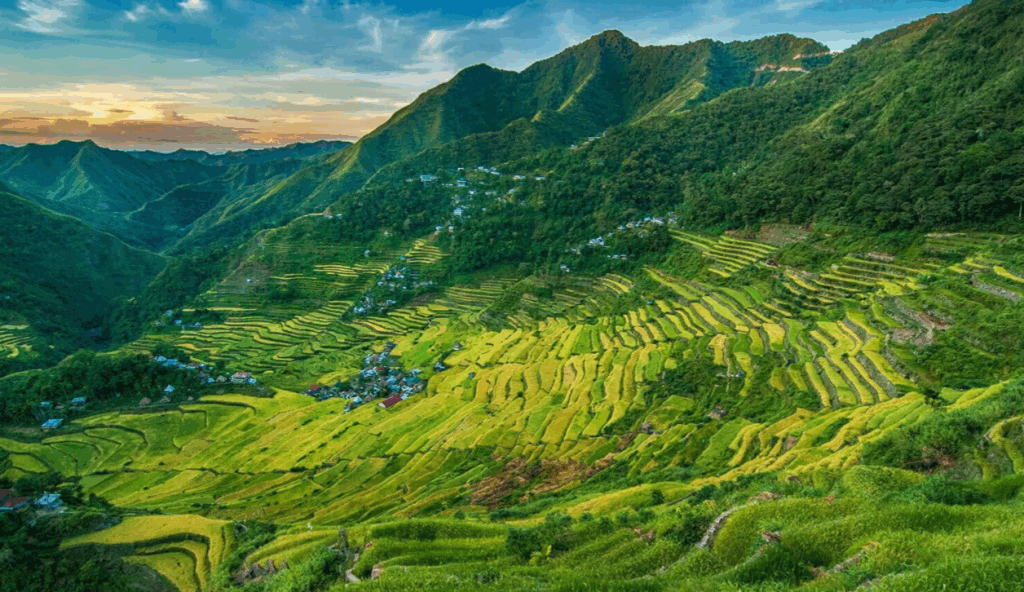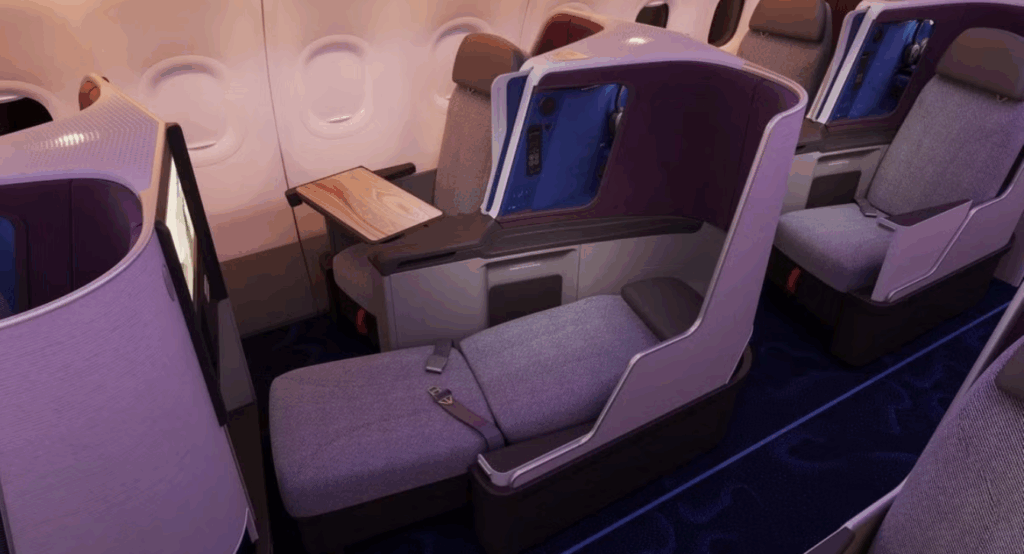The Philippines is a tapestry of 7,000+ islands where emerald rice terraces meet electric-blue reefs, and megacity energy gives way to palm-lined coves within a short flight. Whether you’re planning a beach-first escape, a culture-rich circuit, or a business trip with downtime built in, this guide distills what to see, how to structure your itinerary, and how to fly there comfortably—without overspending.
Getting There in Comfort: Your Business Class Game Plan
Business class to the Philippines isn’t just about a lie-flat seat; it’s about arriving ready to enjoy day one. On long-haul routes you’ll typically find full-flat beds in a 1-2-1 or 1-2-2 layout, direct aisle access on newer cabins, multi-course dining, barista-style coffee, premium beverages, amenity kits, and—importantly—lounge access at both origin and connection points. Many lounges in major Asian hubs feature showers and quiet areas to reset between flights, which is priceless if you land in Manila or Cebu late evening and connect onward to the islands early next morning.
Most itineraries involve one connection via a major hub in Asia or the Middle East, with alternative routings via Europe for travelers coming from that side of the world. If your city doesn’t have the ideal long-haul departure, consider a short positioning flight to a gateway with better cabin products or schedules. Mixed-cabin tickets (premium economy + business segment), weekend-stay rules, or flexible date windows can also open up valuable savings.
And yes—our team specializes in finding cheap business class tickets to Philippines by tapping corporate-style consolidator fares, creative routings, schedule tweaks, and award/upgrade strategies that don’t require you to spend weeks hunting.

Manila & Beyond: The Core Experiences
Manila is more than a stopover. Stroll Intramuros to trace Spanish-era walls and baroque churches, then pivot to modern art galleries and cutting-edge dining in BGC or Makati. Don’t miss a degustation showcasing Filipino flavors—kinilaw (citrus-cured seafood), kare-kare (peanut oxtail stew), or adobo elevated with regional twists. With an extra day, tag a sunrise visit to Taal Volcano or a food crawl through Binondo, the world’s oldest Chinatown.
Cebu doubles as a cultural anchor and an island-hopping springboard. Visit heritage houses, dive with sardine shoals off Moalboal, or ferry to Bohol for the Chocolate Hills and tarsiers. Davao offers Mount Apo treks and cacao tastings, while Iloilo charms with neo-classical architecture and nearby islets.

Islands & Coasts You’ll Talk About for Years
- Palawan (El Nido & Coron): Jagged limestone cliffs, jade lagoons, glass-clear snorkeling, and wreck dives.
- Boracay: Powder-fine White Beach, kitesurfing at Bulabog, and a rejuvenated, more sustainable vibe.
- Siargao: Surf capital with laid-back cafés, coconut roads, and island-hopping to Guyam and Daku.
- Bohol & Panglao: Soft-sand beaches, Chocolate Hills’ moon-like mounds, and family-friendly resorts.
- Camiguin: Waterfalls, hot springs, and a volcanic “island-born-of-fire” mystique without the crowds.
Culture, Festivals, and Food
Filipino hospitality—malasakit (deep care) and bayanihan (community spirit)—is palpable from boutique hotels to family-run eateries. Time your trip to festivals like Sinulog (Cebu), Ati-Atihan (Kalibo), or MassKara (Bacolod) to see street parades, dazzling costumes, and drumlines that don’t quit. Culinary highlights include lechon (roast pork), laing (taro leaves in coconut milk), and regional seafood feasts. For coffee lovers, hunt down barako and small-batch roasters in Manila or the mountain towns of the north.
Nature & Adventure
Divers and snorkelers can treat the archipelago as one vast marine park: Apo Reef, Tubbataha (liveaboard season-dependent), Anilao macro life, and Coron’s WWII wrecks. On land, trek the Banaue and Batad rice terraces, canyon in Kawasan Falls, or hike volcanoes like Mayon (admire from a safe distance) and Pinatubo (with crater-lake views). Even non-adventurers can ease into nature with paddleboarding on calm lagoons, mangrove tours, or sunset sails.

When to Go & Trip Pacing
Peak dryness typically spans late fall to spring in many regions, but microclimates across islands mean there’s almost always a good corner to visit. For a two-week trip, balance two “anchor” bases (e.g., Manila + Palawan) with one “flavor” add-on (Siargao for surf, Bohol for family-friendly nature, or Boracay for a celebratory beach finale). If your flights land late, plan a city night before an early island hop; if you arrive early afternoon, consider a same-day domestic connection and save the city for the end.
Practical Planning Tips (Save These)
- Buffer your connections: Domestic island flights can be weather-sensitive; pad schedules to avoid stress.
- Pack for islands: Reef-safe sunscreen, quick-dry layers, and light rain shells are your MVPs.
- Cash + e-wallets: Cards work in cities and resorts; carry small bills for boats, trikes, and markets.
- SIM & data: Airport kiosks make it painless to get local data for rideshares and maps.
- Respect the sea: Choose operators with reef-safe practices and follow local conservation guidance.
- Cultural courtesy: Modest attire for churches and rural villages; always ask before photographing people.
The Business Class Section: Seats, Lounges, Sleep, and Value
Think of business class as a wellness multiplier. A lie-flat bed on the long transoceanic leg preserves your circadian rhythm; a pre-arrival meal and shower in the lounge helps you walk off the jet bridge feeling refreshed, not foggy. Here’s how to extract the most value:
Cabins & Seats: Newer 1-2-1 suites with doors offer privacy for work or rest; staggered layouts also provide direct aisle access. If traveling as a couple, center pairs with a retractable divider strike the best balance between together-time and personal space.
Lounges: Prioritize hubs with quality showers, quiet zones, and solid hot food—ideal for resetting the body clock. If your connection is long, target lounges with day rooms or nap areas.
Sleep Strategy: Choose eastbound overnights that align with your destination’s morning arrival. Skip heavy lounge meals before boarding; eat early, then maximize sleep once airborne.
Fare Savvy: Flexible dates, “open-jaw” returns, weekend-stay rules, and hub changes can unlock better fares. If you’re mileage-rich, consider business awards one way and a paid premium cabin the other. Flyer Club can run cash vs. miles comparisons and surface blended strategies that reduce overall cost without sacrificing comfort.
On Arrival: Manila’s traffic can be unpredictable; business class often speeds immigration lines when paired with arrival services. We’ll help you time transfers or add an airport hotel day-room if your onward flight is at dawn.

Sample 10–14 Day Itinerary Frameworks
City + Palawan + Beach Finale (12–14 days):
Manila (2 nights) → El Nido (4 nights) → Coron (3 nights) → Boracay (3–4 nights). Finish with a beach-front stay and a celebratory sunset cruise.
Visayas Sampler (10–12 days):
Cebu (2 nights) → Bohol/Panglao (3–4 nights) → Siargao (4–5 nights). Great for families who want soft adventure plus surf and lagoons.
Northern Culture + Island Rest (12–13 days):
Manila (2 nights) → Banaue/Batad (3 nights, terraces) → Fly to Palawan or Bohol (5–6 nights). A rewarding mountains-to-sea contrast.
How Flyer Club Helps
We combine human expertise with smart search to locate premium-cabin value, craft sensible connection windows, and align your flight times with hotel check-in so you don’t lose a day to jet lag. We’ll also fine-tune seat maps for couples or solo travelers, arrange lounge-rich connections, and coordinate ground transfers with trusted partners—so your first coconut or cold brew happens sooner, with less friction.



